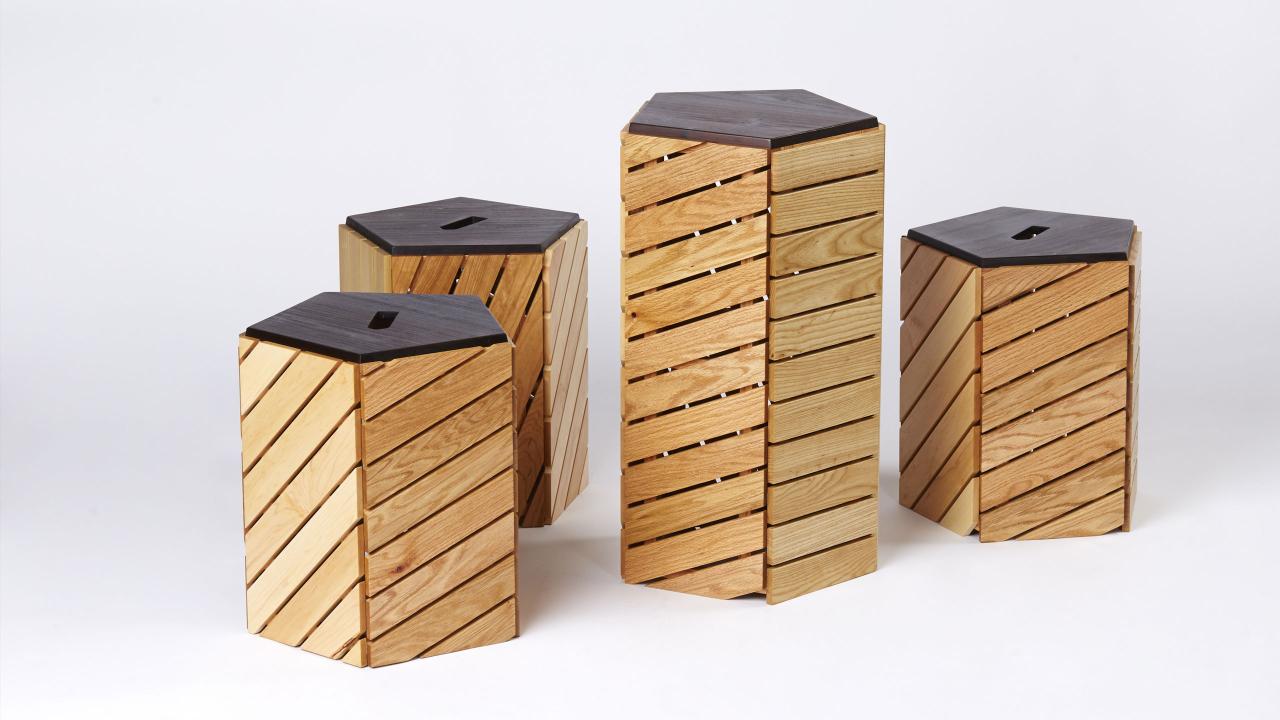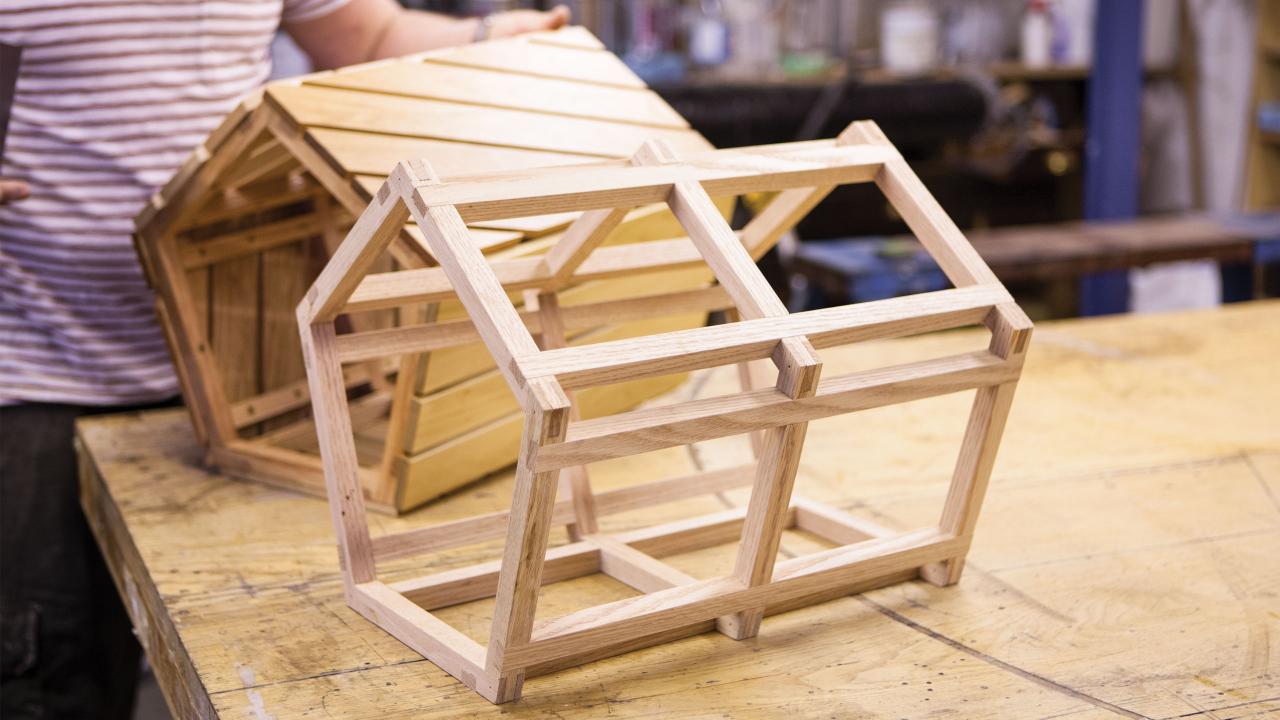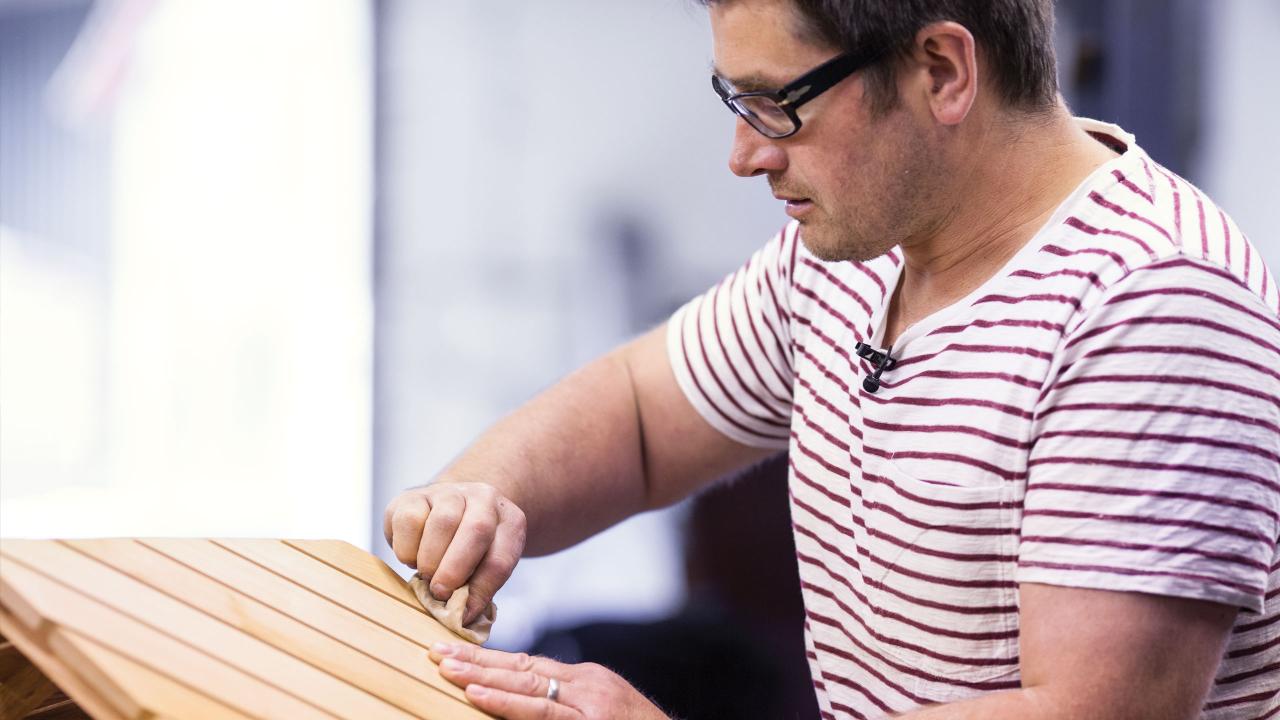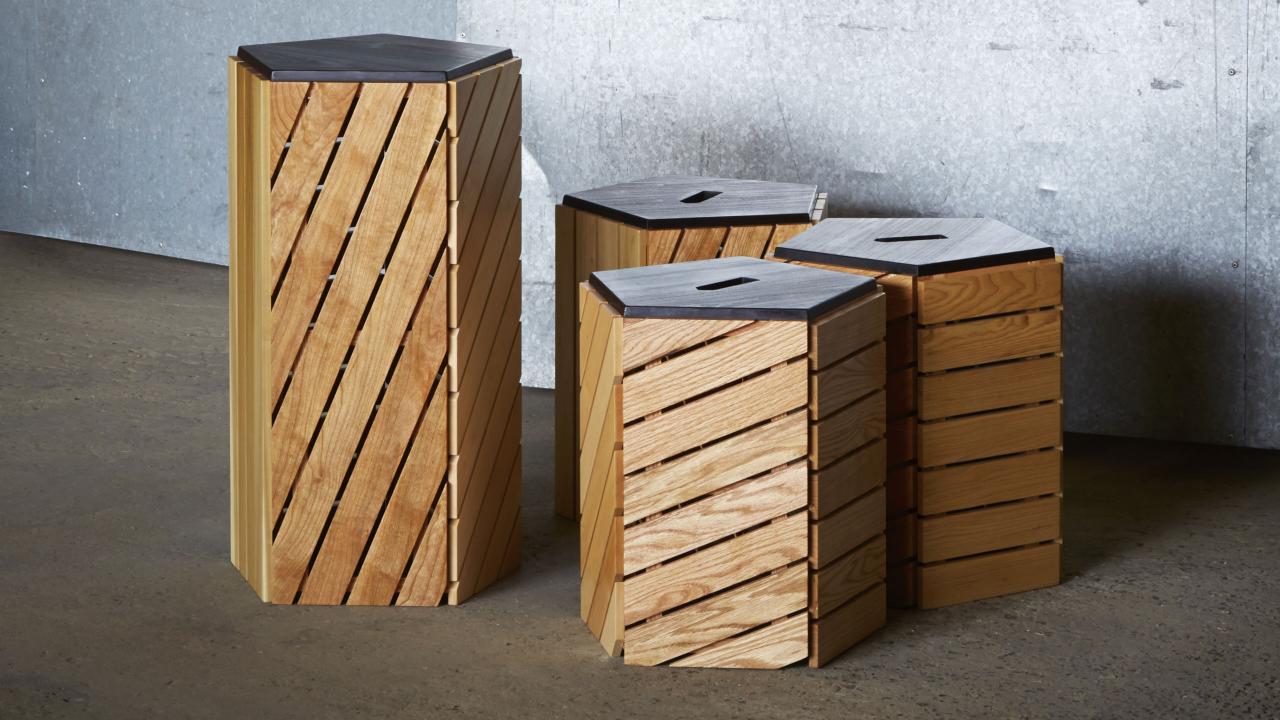MATERIAL
AMERICAN HARD MAPLE
Hard maple, growing naturally in the hardwood forests of North America, is world-renowned for its delicate colour, hardness, fine grain and finishing quality. American hard maple is a cold climate species although trees can grow throughout the USA. Forest Industry Analysis (FIA) data shows U.S. hard maple makes up 7.0% of total U.S. hardwood growing stock and that while 9.1 million m3 are harvested each year, more than 18 million m3 of American maple grows naturally across the U.S. hardwood forests each year. The sapwood of hard maple is normally creamy white and the heartwood varies from light to dark reddish brown. The wood has a close fine texture and is generally straight grained but can occur as ‘curly’, ‘fiddleback’ and ‘birds eye’ figure.
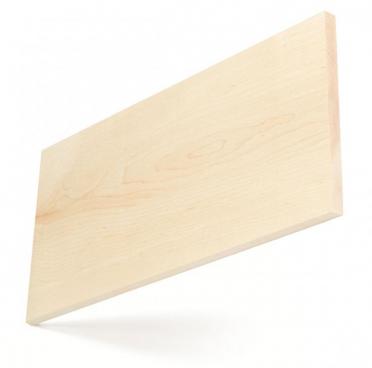
AMERICAN ASH
American ash is ideal for bending and turning - and is strong and tough with distinctive grain, character and colour. It grows commonly throughout the eastern United States in mixed hardwood forests. Forest Inventory Analysis (FIA) data shows U.S. ash makes up 5.1% of total U.S. hardwood growing stock in the forest and that while 6.1 million m3 of American ash is harvested each year, the forests are naturally growing 12.1 million m3 during the same period. It has light coloured wood, with sapwood varying from white to yellow and heartwood ranging from light to dark brown. Being very hard, stable when dry and easy to finish and stain, it is ideal for furniture and flooring.
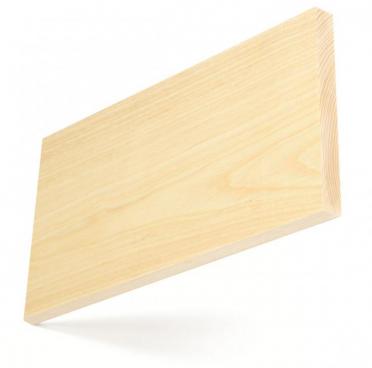
AMERICAN CHERRY
American cherry is a supreme hardwood species from the U.S. hardwood forests and is unique to North America, with warm colour tones and superb finishing qualities. Forest Inventory Analysis (FIA) data shows U.S. cherry growing stock is 3.0% of total U.S. hardwood growing stock and that while 4.3 million m3 is harvested each year more than 11 million m3 of American cherry is growing naturally across the U.S. forests during the same period. The heartwood of cherry can vary from rich red to reddish brown and darkens on exposure to light with time. The sapwood is creamy white. Being hard and stable when dry, the wood is very easy to stain and finish to an excellent surface. It is highly prized for furniture and interior joinery.
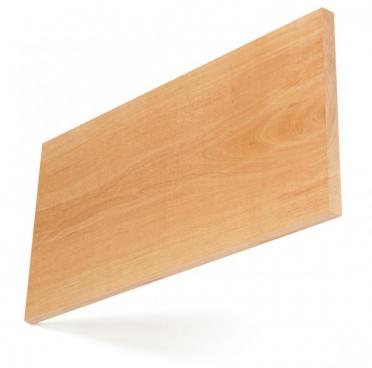
AMERICAN RED OAK
American red oak is the dominant species in the U.S. hardwood forests with distinctive grain, and wood that is not always red in colour. The name is supposedly due to the leaf colour in the fall. Red oak trees grow only naturally and almost exclusively in North America, although planted elsewhere. Forest Inventory Analysis (FIA) data shows U.S. red oak growing stock is 18.7% of total U.S. hardwood growing stock and that while 32 million m3 of American red oak is harvested each year, more than 33.9 million m3 is naturally growing over the same period. In general the sapwood of red oaks is light brown and the heartwood is often pinkish to reddish brown. American red oaks have very good overall strength properties relative to weight. Its main uses are furniture, flooring, doors and certain construction applications.
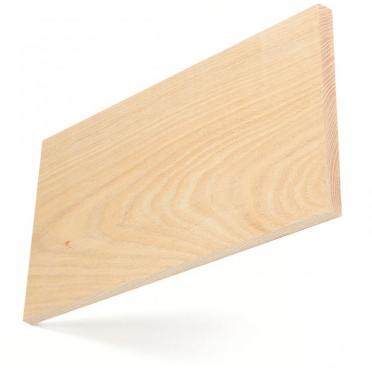
AMERICAN TULIPWOOD
Commercially American tulipwood, known domestically as yellow poplar, is one of the most prolific hardwood species from the U.S. hardwood forests and is unique to North America. Forest Inventory Analysis (FIA) data shows U.S. tulipwood makes up 7.7% of total U.S. hardwood growing stock and while 12.8 million m3 are harvested each year, more than 32 million m3 of American tulipwood grows naturally in the hardwood forests during the same period. Tulipwood has less strong grain characteristic than species such as ash and oak and exhibits a marked difference between the sapwood and heartwood. The sapwood is creamy white whereas the heartwood can vary from pale yellow or brown to green and purple in extreme cases. The wood darkens on exposure to light. Tulipwood has extraordinary overall strength properties relative to weight, making it highly suitable for structural applications, such as glue-laminated beams and cross laminated timber (CLT).


